Architects, art historians, hydraulic, electrical and management engineers, landscape conservators, botanists, agronomists, stone restorers and rup. The Royal Palace of Caserta, an immense royal residence, Italy’s Versailles, behind its Baroque splendor and ambition to be “the main tourist driver of the city and surrounding area,” has to deal with a state of severe distress. Director Tiziana Maffei rattles off the numbers of this impressive heritage and at the same time those of human resources that significantly curb the potential of the autonomous management at the center of our inquiry. Her point of view is particularly interesting, having served as president of ICOM Italy during the three-year period 2016-2019, and then as vice-president until 2021. In the years, that is, when the Franceschini Reform became operational. Maffei leads us through the shadows and lights of directing such a complex Institute, from the theoretical management model to its implementation in daily practice. On the subject of free museums yes/no , the director joins the sentiment of the directors we have already heard who say they are in favor, as long as support from the state is increased. For Maffei, it should be “a precise political strategy,” with a broader vision, aiming to invest “more in cultural institutions, in schools, in health care.” Ultimately, “investing in the welfare of its citizens”(see our in-depth article). At the Reggia this is also being done through flexible types of annual subscriptions, which in fact extend the (almost) free access beyond the age of 18 and up to 30. On competition among super-museums, which seems to be the main pall of a muscular communication policy, Maffei tells us about “understanding” among them autonomous directors, with the creation of a “green table” of comparison.
By the fifth interview, moreover, we can already observe how each director interprets the division between first-tier and second-tier museums differently. It is possible to infer from this that there is a lack of definite normative references. It is precisely from our inquiry, therefore, that there is a need for this to be done, if the matter is not to be left to the subjective feeling of the minister on duty.
We also observe by now clearly that the Reggia di Caserta and all other autonomous museums, although they have a legal representative, the Director, cannot be considered institutes with legal personality, because staff salaries remain with the central administration, nor would they be able to sustain the huge ordinary management costs that also accrue to the latter (this is why in the introductory article we spoke of “limited” autonomy). At the end of the long interview, to the autonomist experience, experienced as a “personal mission,” the director gives an 8. A 10 is needed to get to “real” autonomy.
Read the other interviews in the survey: Cecilie Hollberg (Galleria dell’Accademia, Florence) - James Bradburne (Pinacoteca di Brera, Milan) - Paolo Giulierini (MANN, Naples) - Martina Bagnoli (Gallerie Estensi, Modena and Ferrara)
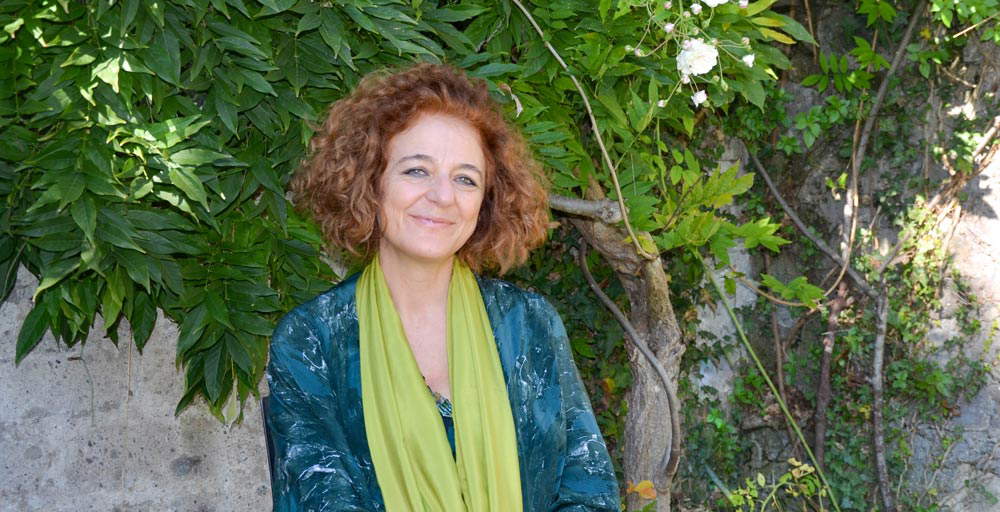
MS. There are two different degrees of autonomy: general and non-general management level museums. In what does the difference consist? What does the fact that the Royal Palace of Caserta “functionally depends” on the General Directorate entail?
TM. The special autonomy of state museums from a technical, scientific, financial and accounting point of view is the same. The normative rationale was probably related to the typology and predictable complexity of some institutions. Some museums by articulation, functional readjustment, copiousness of heritages, number of visitors, international symbolic recognition, roles in territorial attractiveness have greater management difficulties. The Reggia, as an autonomous museum, fits into the system of state museums and, in perspective, into the National Museum System in which the coordinating role of the General Directorate of Museums is strategic, while respecting individual autonomies. For the Reggia, this entails an awareness of the extraordinary potential of this country’s cultural infrastructure, a valuable resource on which to work in a climate of sharing and collaboration.
The Ministry remains to varying degrees involved in the decision-making process. In your opinion, would it be appropriate or, on the contrary, deleterious to take a further step by granting full autonomy to these “special” institutes? Financial autonomy includes, in fact, the management of revenues flowing to its budget, but does not include personnel-related expenses, the allocation of which is attested to the central administration. Would the Institute he heads be able to cover salaries as well?
I do not believe that a state museum today can ensure that personnel costs are covered. As, moreover, happens in all the great international realities that, although marked by impressive numbers of visitors and consequently of takings, always benefit from substantial state funding. For the Royal Palace of Caserta, the future prospect of the necessary ordinariness of management must be evaluated. This can be achieved only after completing the process of restitution of the spaces under way, with more than 35,000 sq. m. of the Palace to be refunctionalized (much of which is still in the hands of the Air Force), often in interstitial situations that also affect the proper implementation of the interventions underway and to be started in the immediate future. Add to this the extraordinary resources needed for the fundamental plant upgrading (both from the point of view of safety and energy sustainability) and for the recovery of other artifacts such as the ancient palace at Boschetto, the Military Mills and those along the Carolino Aqueduct. We are talking about a small foundation city that has in fact never been completed, with situations of abandonment or inappropriate transformations. It would be unthinkable today to assume such an expense. The receipts would not cover the huge ordinary operating costs. On the other hand, it is another thing to ensure the kind of staff that is needed, through autonomous recruitment. Museums urgently need to be able to have professionalism consistent with their activities. Autonomy must also be truly ensured in budget management. The current system of accounting and procedural process provides for a system of controls, with the move to the Mef, Budget Directorate and Museums Directorate, which in fact congeals the system, especially in the management of the sums in the final balance. The approval process and adherence to the technical timelines of the various administrative procurement procedures severely limit the ability to commit resources considering also the great problem of the few RUPs available and the enormous workload of the already scarce human resources.
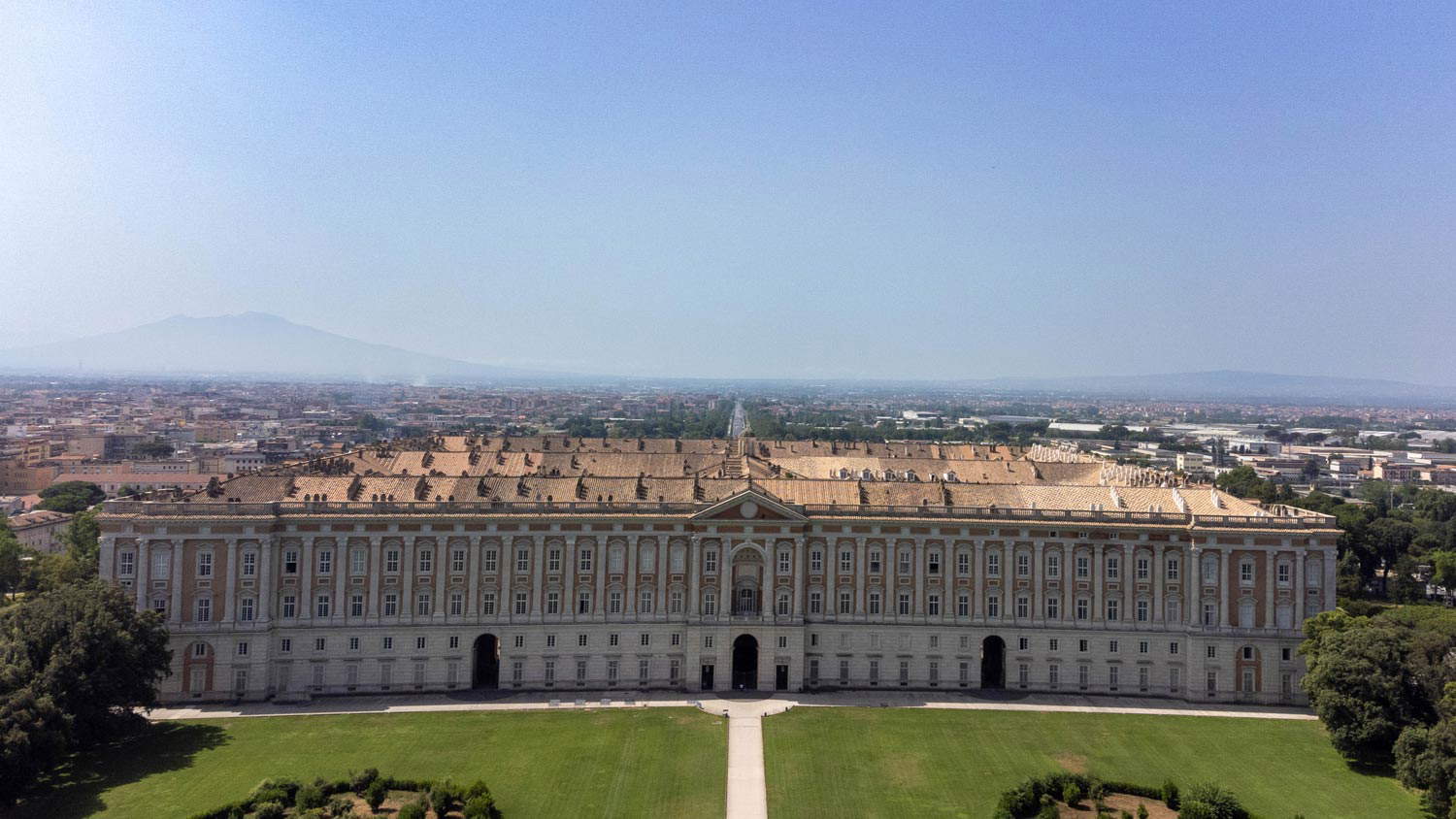
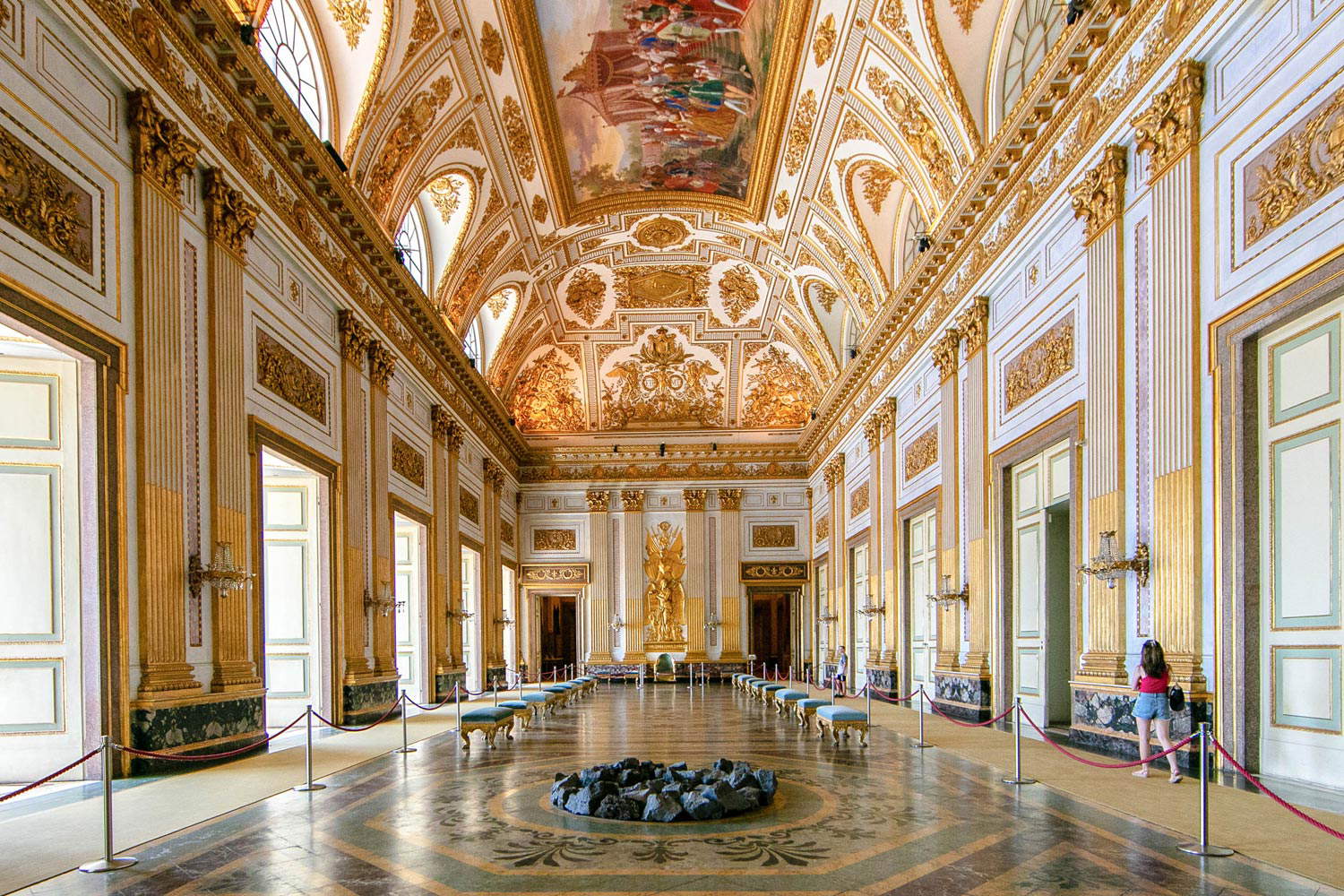
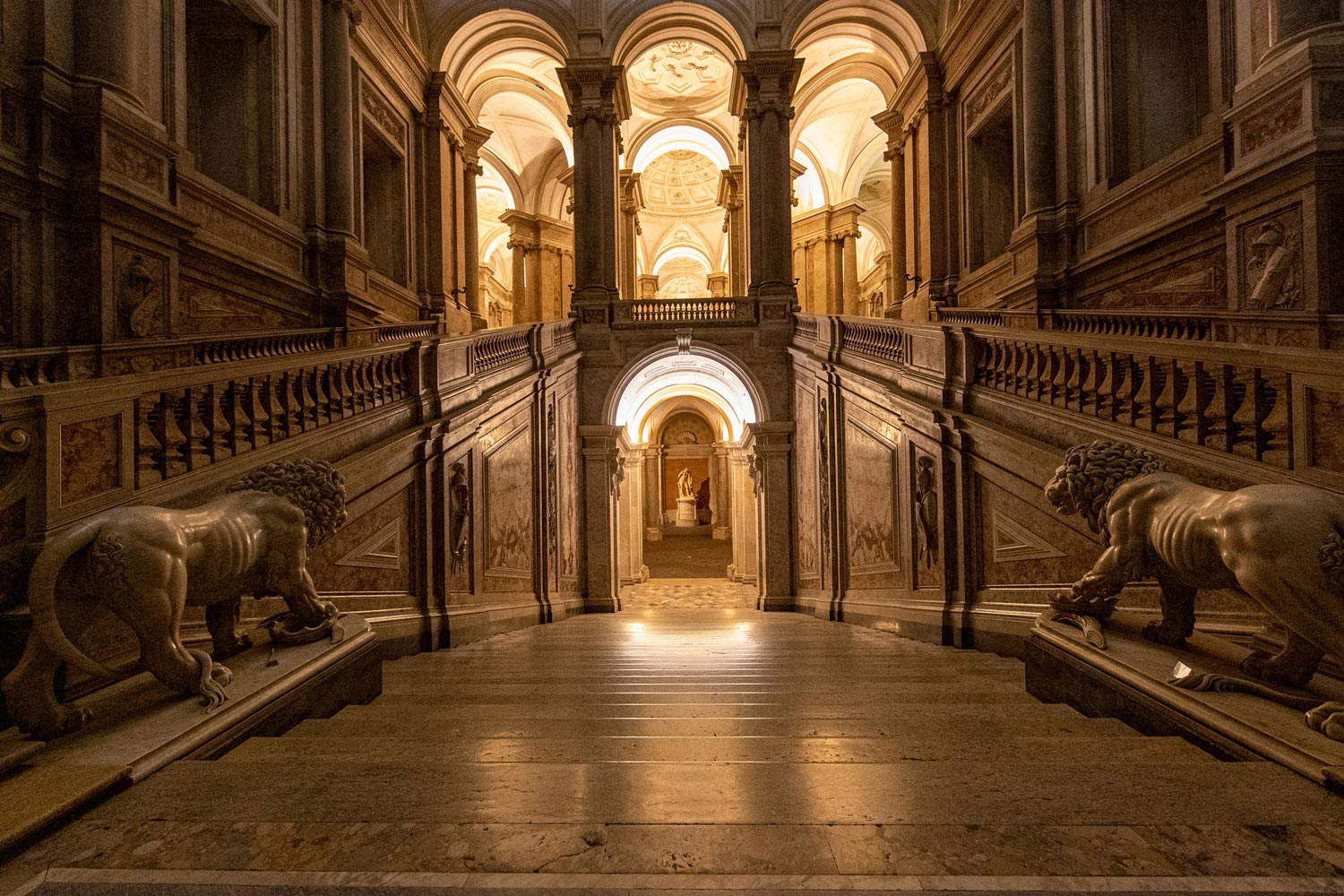
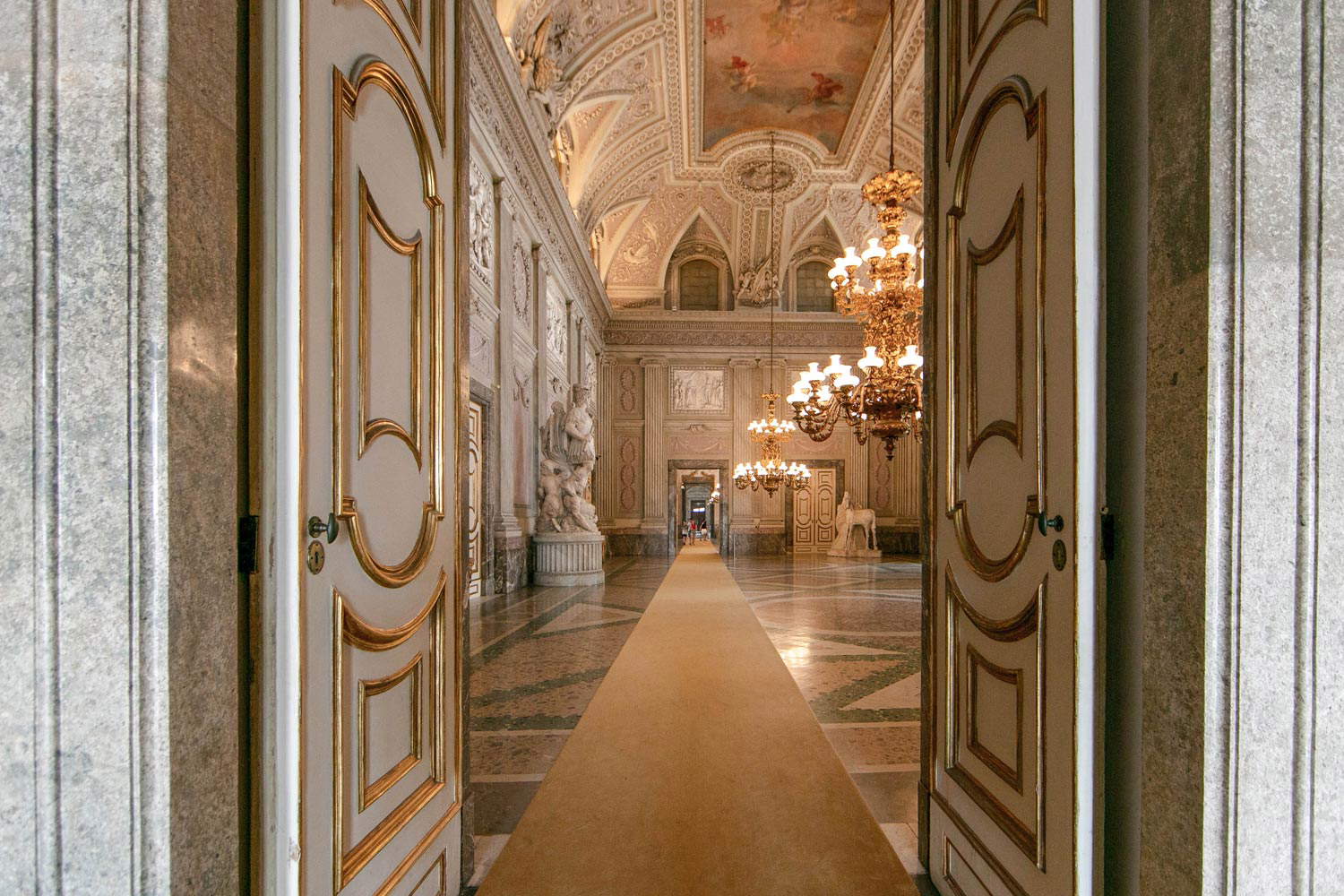
Speaking of staff, is it understaffed? Would it be preferable for the director to indicate to the central administration the professional figures according to the technical-operational needs he needs?
We are, unfortunately, like all MiC institutions. The Royal Palace has more than 40 percent less staff than the planned allocation. Allocated allocation moreover far below the real needs of the Institute in view of the complex technical administrative procedures, the innovative management of the impressive architectural, natural, historical and artistic heritage and the increase in museum audiences and cultural services. We are talking about a Palace of more than 130,000 sq. m.; the Royal Park of 123 hectares (on which precious architectural artifacts and 9 properties insist), totaling 17.000 sq. m.; the 73-hectare historic forest with two properties; a water infrastructure of over 38 km that still carries about 7000 liters of water per minute with the consequent management not only of the fountain system but of 120 water concessions; 3 bridges including one with 86 arches and the length of over 500 m; the springs; 67 small towers and 3 other properties totaling 1,000 sq. m. It should be added that in this complex coexist, in a sort of condominium: the Reggia di Caserta Museum-responsible consignee institution; the State Archives; the SABAP of Caserta and Benevento; the National School of Higher Education of the Presidency of the Council of Ministers; the Mounted Police and the Air Force. How is it conceivable to manage all this from the point of view of restoration, maintenance, regulatory compliance, energy efficiency, and concessions for use, without highly specialized technical personnel? The popular comparison with Versailles, when it comes to staffing levels, is merciless: we do not reach 20 percent. It is also clear that the professional figures we need cannot be generic. We need, in addition to architects and art historians, hydraulic, electrical, and management engineers, landscape conservators, a botanist, an agronomist, and stone restorers. The time has come to be able to secure digitally related professionals as well. In a BIM-driven world, the creation of a digital ecosystem for proper data management with a view to security, planned conservation, energy efficiency, communication and marketing is now indispensable.
To what extent does the Royal Palace of Caserta participate in the Financial Rebalancing Fund among state institutes and places of culture?
With the expected 20 percent of revenue from ticketing. A figure that varies every year. But pure numbers risk failing to recognize the real significance of museums. I hope someday to also contribute within the National Museum System with services for other museum institutions.
One of the main changes introduced for autonomous museums is their governance. Does the director-committee-scientific committee organization work at the management level, not in theory, but really in practice? How often do you convene the scientific committee? In an interview, then-Dg Antonio Lampis observed that the members of these bodies often instead of “supporting the director often ’paralyze’ his activity out of personalism.” If you agree with this observation, what could be the alternative?
Both bodies meet at a cadence of 4-5 meetings a year in a constructive spirit. If there is a need for quick discussion they also interject informally. I have never perceived such bodies as paralyzing. The way in which they are appointed and operate should perhaps be regulated punctually, avoiding conflicts of interest, especially in relation to situations that may involve, even indirectly, compensation.
Let’s turn to scientific autonomy: can you tell us about research activities and your enhancement plan? Is it connoted by a distinctive feature?
Each institute is distinctive in its research and enhancement activities. The Reggia is a complex that was born as an expression of a kingdom to be ruled and whose prestige was given by the productive wealth of its territory. It was part of a European system of residences based on alliances of power, circulation of ideas, personalities and visions. Unesco World Heritage Site as an expression of ingenuity. Therefore, the idea of a purely enormous container that was held until a few years ago must be overcome. The recognition of its identity is fundamental in all our actions and necessarily opens up very articulated paths of research and valorization. Activities that we carry out on an experimental basis with universities and public and private research organizations, as well as with other museums. I am thinking of the work we are doing on the park system, with the management of the natural heritage by addressing ecological issues, sustainability, safeguarding; with the theme of circular economy with the management of waste materials that we have taken as an opportunity to think about reuse. The issue of restorations also requires that we develop research on the constituent material of this complex and be able to disseminate this wealth of knowledge to the general public. The reorganization of the repositories and inventories has expanded the strand of research on the Bourbon heritage and the European culture that it all represents. The strategic axes on which we develop the five museum functions are accessibility, sustainability, territorial development and administrative efficiency: this last point may seem an anomaly, but a state museum serves society as well as the citizen. I wish that the credibility of the museum could also be the credibility of the public administration, capable of operating in a system of relationships where compliance is not bureaucracy but an opportunity to transmit values. Dealing with public heritage increases responsibility but also raises diriment questions in this country.
Have you planned any citizen retention initiatives? If so, which ones? How does the museum fit into the dynamics also of economic, as well as cultural, development of the community and the area of reference?
The loyalty policy is based on the annual subscription, not exclusively referring to the citizens of Caserta but to a wider community of reference. The pricing policy adopted meant that among the 6397 subscribers in 2022 were Neapolitans and residents of other regions. A precise strategy was adopted with the introduction of gradual changes to the original season ticket that had critical issues: the distinction between Park and Apartments subscriptions, which distorted the perception of the unitary Complex and consolidated the anomalous idea of the Green Museum as the city’s public park; the 365-day duration of the subscription, which did not allow marketing policies to be activated; and the failure to track the use of subscribers (only the moment of subscription purchase was counted as access). In 2022, more than 90,000 accesses were recorded for subscribers. Reggia Card today is a loyalty card with offers of services and cultural initiatives. There are four types of season tickets: regular Hercules at €50, Venus for the 18-30 age group at €35, Atlas for the over-65s at €35, and Lions for two people at €80. The subscription is annual from January 1 to December 31. In addition to the direct weight that the Royal Palace of Caserta has in the economy for its complementary internal services such as ticketing, guided tours, workshops, bike rental, cafeteria, and catering, there is the important indirect induced income. The Royal Palace of Caserta is the main tourism driver for the city and the surrounding area. The overall strategy of territorial development is in any case aimed at recovering the productive identity of the Royal House. Beautiful and useful were once a function of prestige, the kingdom’s economy, and social harmony: fishponds, nurseries, prairies and productive gardens were part of a system that not only ensured self-sufficiency but also developed economy. Thus was born in 2022 the SEMI project - Enterprise Development and Wonder - which through forms of public-private partnership initiates targeted projects (as in the case of the management of the more than 8,000 square meters of the English Garden Greenhouses for the production, marketing and enhancement of plant species indicated in historical sales catalogs). It should be added that this complex phase of extraordinary construction sites, which leads us to have an incredible coexistence of works, brings highly specialized workers and professionals. Many of these restorations and functional readjustments will lead to cultural services to be activated in collaboration with private individuals. This will mean jobs, as in the case of the Art and Design intervention in the Passionist Complex. The Reggia is truly a great opportunity for advanced territorial development.
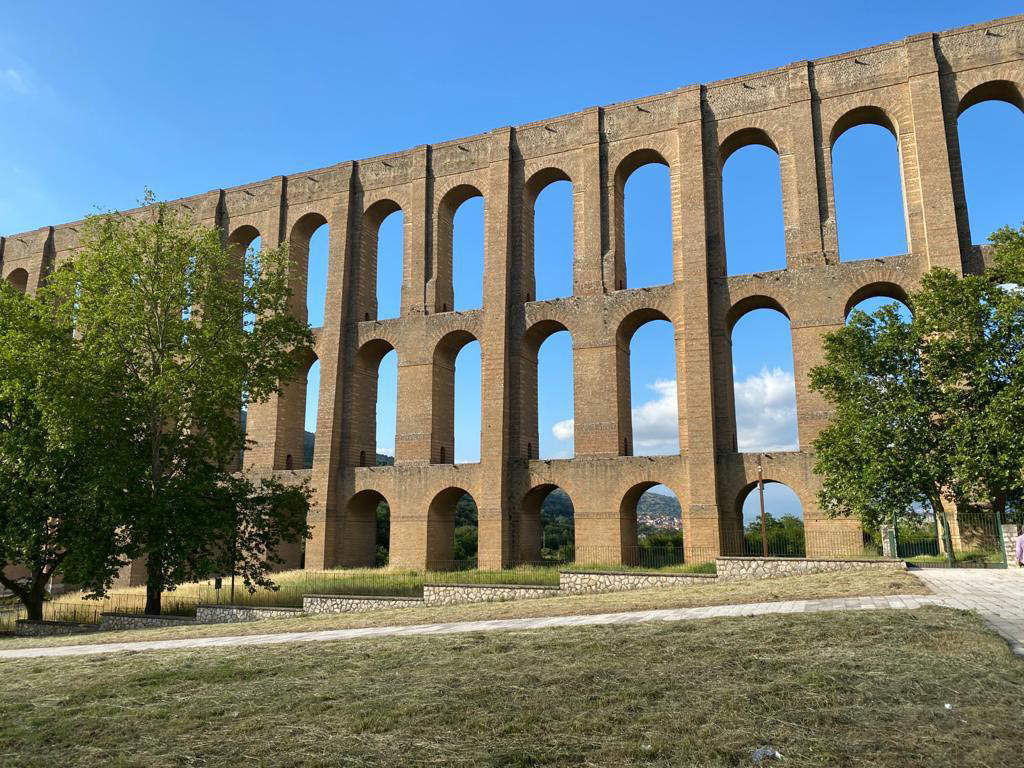
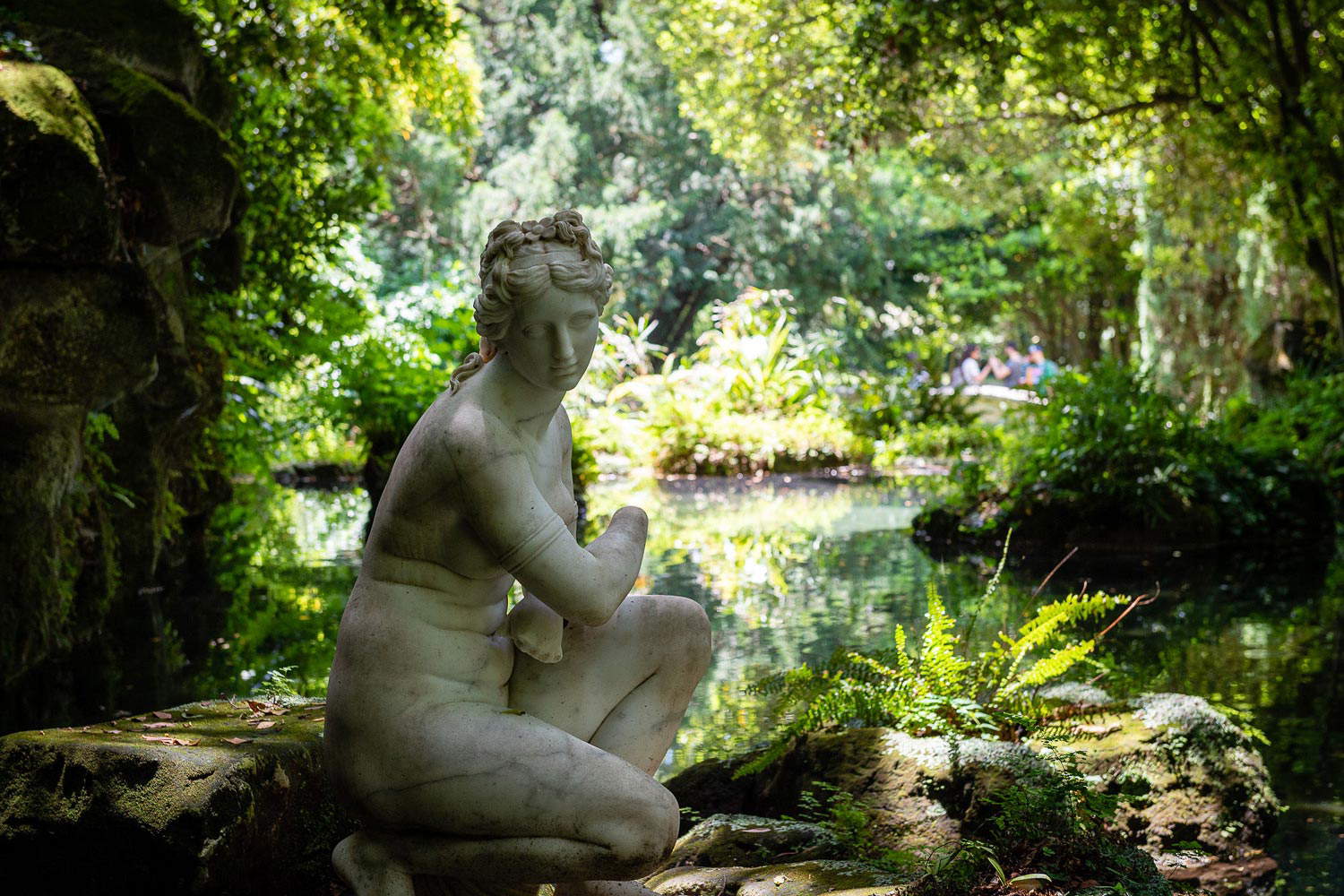
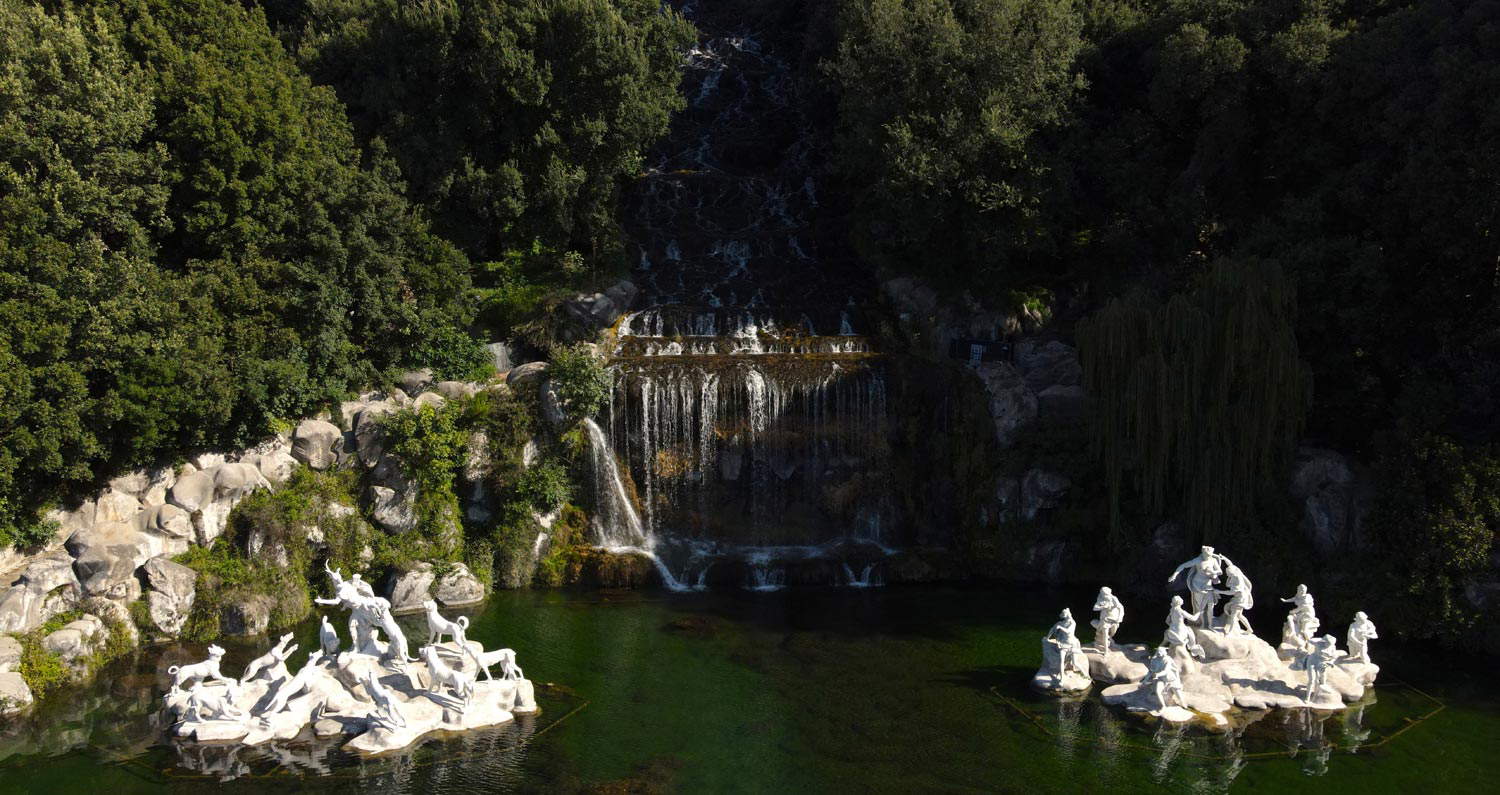
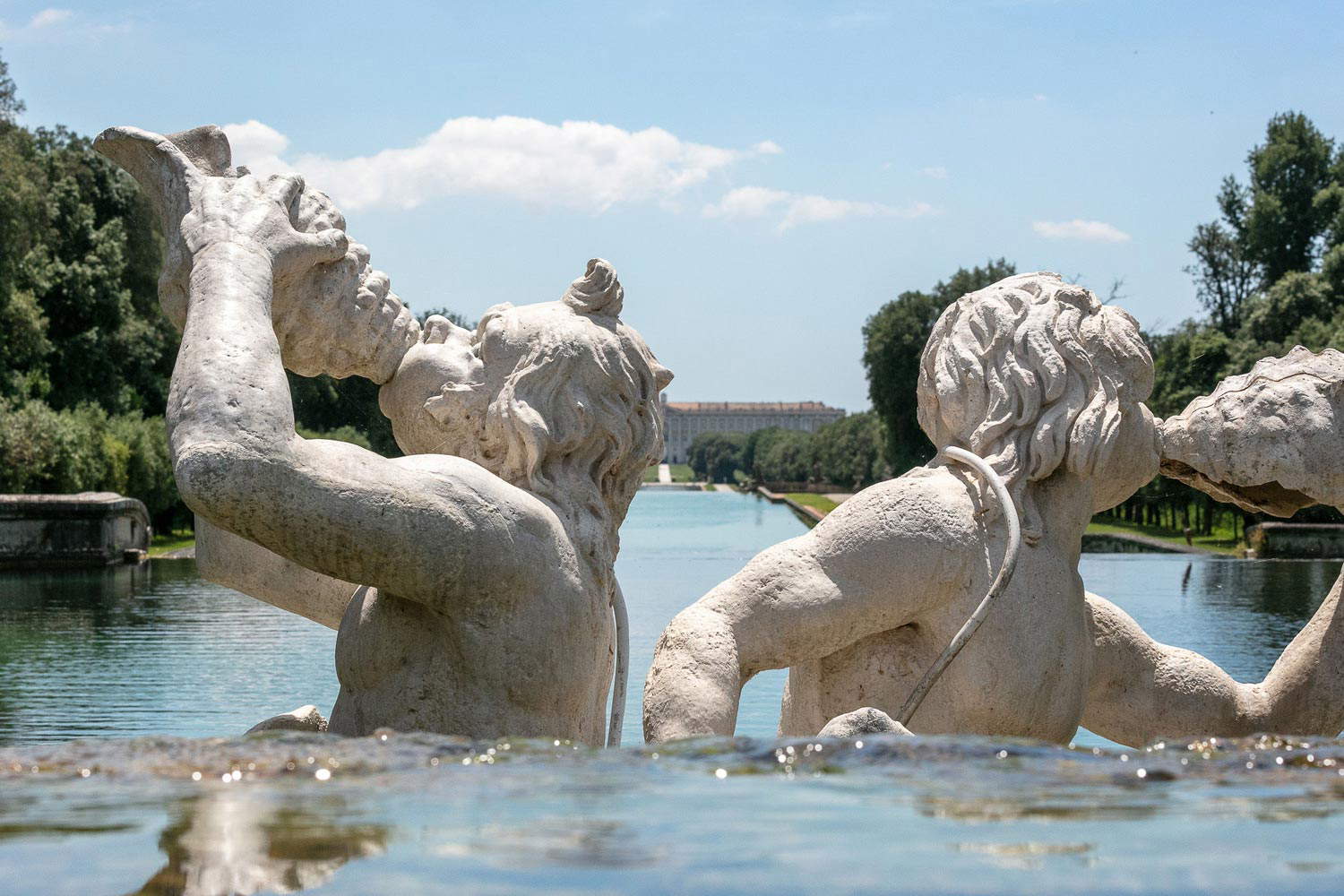
Chapter protection: to whom does it belong? To the Reggia or to the Superintendence? In Sicily, where the corporatist model applied to cultural institutions was introduced earlier than in the state, back in 2000, it is expected that the Superintendent will chair the Committee. Do you consider this an alternative “formula,” or do you think it may fuel conflicts between Superintendent and Director?
I think superintendencies are already enormously busy on the land protection front. To also deal with the heritage of autonomous museums seems to me not to recognize the credibility and capacity of the museum institution. Superintendencies and museums moreover are institutions belonging to the same ministry, thus with the same value vision. The mission of heritage protection is inherent in the museum, the actions of enhancement are based on safeguarding. Regarding the issue of role conflicts, sharing paths and values is desirable. This would foster trust and esteem in public administration by the community.
Highly topical issue, free museums. Gabriele Finaldi, who directed it until last August, said “free admission is in the DNA of the National Gallery” (of London). Genetics teaches that DNA can mutate, Do you think this is a model that can be imported to Italy, with the necessary adaptations? Is it conceivable to totally give up the resources produced by entrance fees?
We could give it up if the state constantly funded the day-to-day operation of the museum. It is a definite political strategy: to invest more in cultural institutions, in schools, in health care. Invest in the well-being of its citizens for the health of body and spirit. In doing so, however, ensure a timely analysis of the Italian reality, with a medium- and long-term projection. There is a need to assess the spread of our cultural heritage and museum infrastructure, moreover with a very high number of free museums, and above all the actual propensity for voluntary donations (as is the case in many Anglo-Saxon museums, where moreover in many cases there is a fixed basic donation). Added to this is the need to recognize a certain amount of managerial freedom that, in many cases, would be frowned upon by us. This would mean considering the museum a fundamental institution for the development of our country.
Are there moments of exchange, such as technical tables convened with some regularity, among you autonomous directors to compare different experiences? Replicate successful ones or solve common problems? Or has a competitive spirit prevailed? Doesn’t the most immediate (but also the most trivial) comparison of visitor numbers create some performance anxiety?
The Royal Palace of Caserta, Villa Adriana and Villa d’Este, Uffizi Galleries, Historical Museum and Park of the Castle of Miramare, Royal Museums of Turin, and Museum and Real Bosco of Capodimonte are among the promoters of the Green Table, the technical table dedicated to historic gardens, a proposed common platform urged by director Andrea Bruciati. An opportunity for discussion with important results such as having obtained, thanks also to APGI, the PNRR measure on historic parks and gardens. There is then constant interlocution among many of us on common issues. Rather than competition, there is understanding, given the enormous issues and responsibilities that each of us faces on a daily basis. The anxiety is not about performance for visitor numbers, but about time in relation to set goals (sometimes perhaps too ambitious considering the real situation in which we live).
In summary, what is your balance sheet of the autonomist experience? If you had to quantify it in a grade from 0 to 10?
I have been in the museum world for 20 years. If I think back to the situation before the reform I would say very positive despite some structural difficulties. I would give 8, the two points are needed to get to real autonomy by overcoming the issues raised before.
When does your contract end? What programs do you have? Will you participate in the new competitions?
This beautiful adventure ends in 2026. I don’t have the time and energy to plan for after that. Today I have only one program: to complete my commitments at the Royal Palace of Caserta. It was a choice I made four years ago, giving up something else because I felt it was an important professional challenge. Perhaps today it has become a personal mission, considering the difficulties and extraordinary potential of this institution.
Warning: the translation into English of the original Italian article was created using automatic tools. We undertake to review all articles, but we do not guarantee the total absence of inaccuracies in the translation due to the program. You can find the original by clicking on the ITA button. If you find any mistake,please contact us.